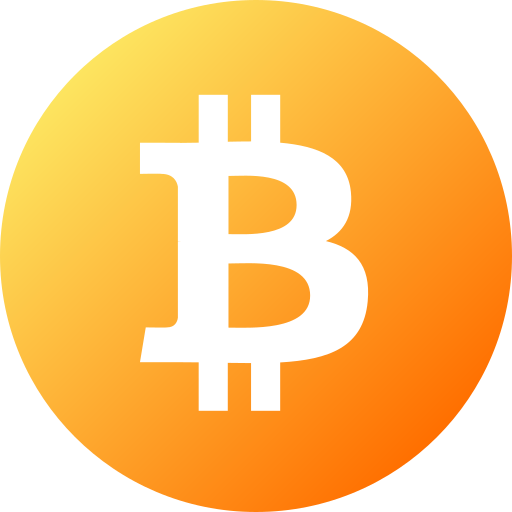Markets, DeFi, Fees, Uniswap, News Protocols are trying to make token design matter again and are actively routing value back to holders.
A bump in fees on some of DeFi’s most-used applications is a sign of traders rotating back to fundamentally strong projects.
September revenues climbed to about $600 million, nearly double the $340 million low in March. Uniswap, the decentralized exchange that remains crypto’s largest trading venue, and Aave, the lending-and-borrowing protocol, drove much of that rebound. Synthetic-dollar project Ethena joined them among the top earners, according to The Block Research.
What’s different now is how protocols are trying to make token design matter again and are actively routing value back to holders.
On Uniswap, governance earlier this year approved $165 million in new foundation funding this year while explicitly laying the groundwork for the long-debated “fee switch” — a mechanism that would direct a portion of trading revenue to UNI holders once v4 rolls out on Unichain.
Aave has gone in another direction. DAO service providers put forward a framework that routes surplus revenue into regular buybacks and the ecosystem reserve, replacing one-off treasury tweaks with a standing accrual policy.
The aim is to recycle earnings into AAVE and tighten the link between usage and token performance. That mechanism has already been activated as fee growth picked up this year.
Ethena’s model is more straightforward. Its USDe and sUSDe system turned fees into yield, distributing them directly to holders as total value locked expanded.
Dashboards now place Ethena among the top generators of distributable revenue across DeFi, a position reinforced by integrations with Aave and yield trading application Pendle that funnel more activity into its stablecoin engine.
The tokens of these projects have performed in line with market trends but haven’t outperformed so far, but traders may want to keep an eye on Uniswap’s UNI, Aave’s AAVE and Ethena’s ENA
While these are not equities, the underlying fundamentals and fee jumps gives trading desks a framework to value them beyond vitality alone.
Questions about staying power remain, however. Does the fee line hold if volumes rotate away or if tokenholder distribution gets diluted by treasury priorities? Or does the next hype cycle drag attention back toward memes?
CoinDesk: Bitcoin, Ethereum, Crypto News and Price Data Read More
